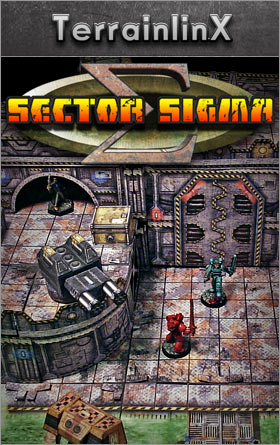

The question the Moroccan Government began to ask, inspired by the ecologically minded king himself, was: could sustainable energy be a way to lay the foundations for sustainable economic growth? With renewable energy long seen as expensive, unreliable and intermittent (wind turbines are unable to generate power on a calm day, solar panels are useless at night, etc.), and most renewable energy tech requiring huge amounts of investment – until very recently, the answer would simply have been “no.” No emerging market has developed using renewable energy so far – but that could be about to change.


Its economy is hostage to fluctuations in energy prices and the volatility of these costs have been limiting its potential for growth. To compound this, Morocco is heavily dependent on fossil fuel imports. But, with energy making up between 3% and 30% of manufacturing costs, depending on the industry, access to affordable and reliable energy has been a significant factor in industrial investment decisions in developing economies, such as Morocco’s, for years. Manufacturing, mining and textile production are all growth areas in Morocco, with huge potential. To create sustainable, inclusive growth for its 35 million people, the Moroccan Government recognizes that it needs more than tourism.Ĭurrently, around 45% of the working population are still employed in agriculture, despite this only driving around 12% of GDP. Today, Morocco is the most visited country in Africa.īut, tourism still only makes up one-fifth of the Moroccan economy. Think of bustling souks and bazaars with hawkers shouting their wares, tables piled high with silks and spices, and rich smells of cooking wafting through the hot, arid air.Īs we visualize the country Morocco, all these clichés may spring to mind - a reflection of the highly successful Government-backed campaign to turn this North African country into a tourist destination.


 0 kommentar(er)
0 kommentar(er)
